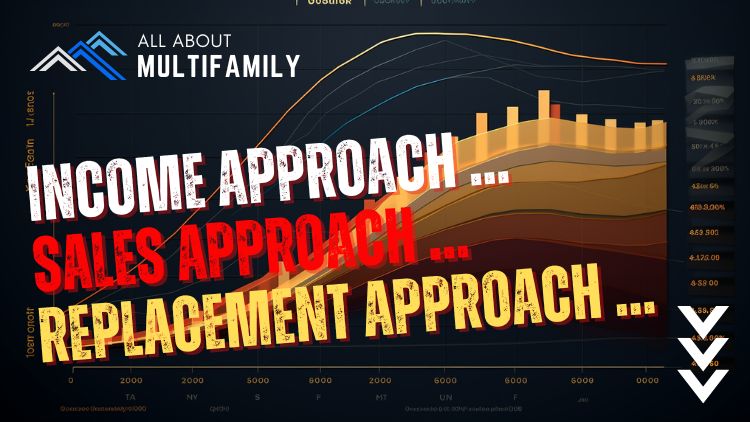Solar installation for multifamily housing offers a plethora of benefits for both building owners and tenants alike. While solar energy has traditionally been associated with single-family homes, larger buildings like apartment and condo complexes are now exploring the advantages of harnessing renewable energy to improve their financial outlook and attract eco-conscious tenants.
Several states, including California, have implemented mandates for solar installations on new construction projects, encompassing multi-family buildings. This trend has caught the attention of building owners nationwide, prompting them to consider how solar adoption can not only enhance the lives of their tenants but also serve as a valuable selling point while yielding long-term energy cost savings.
The advantages of solar installations extend to both low-to-moderate income housing developments and high-end apartment and condo buildings. This presents a substantial opportunity for a significant portion of the American population to gain access to renewable energy within their living spaces. As the number of renters increases to its highest point in 50 years, accounting for almost 37% of households in the United States, multifamily solar initiatives become even more crucial in broadening the reach of renewable energy adoption.
For building owners, the benefits of going solar are evident in the form of cost savings and enhanced property value. By leveraging various utility programs like virtual net metering and net energy metering aggregation, multifamily buildings can efficiently credit kilowatt-hours from solar energy production to multiple utility accounts, reducing energy costs and allowing for the sale of excess power back to local utility companies. Additionally, investing in solar power enables building owners to shield themselves from escalating utility rates and reduce their environmental footprint, thereby appealing to eco-conscious tenants and potentially increasing unit rentals while reducing vacancy and turnover rates.
Tenants, too, enjoy significant advantages from solar installations. By benefiting from savings on their electric bills, which are passed down from the building owners, tenants find themselves drawn to eco-friendly housing options, thus creating a powerful selling point for multifamily properties.
Solar Design Studio offers consulting services to multifamily building owners, whether they are improving existing structures or constructing new ones. Their expertise includes helping clients determine the optimal solar installation size to suit their specific needs, guiding them through financing options and tax credits, and ultimately maximizing the financial benefits of solar adoption. Clients can explore options like Commercial Property Assessed Clean Energy (C-PACE) loans, which can lead to substantial savings over the solar investment’s lifespan, or secured, low-interest loans from credit unions or banks tailored to improve energy efficiency and renewable energy access.
The company also provides assistance in leasing or power purchasing agreements, which offer reduced leasing fees compared to typical monthly electric bills, further incentivizing building owners to invest in solar projects. Solar Design Studio’s comprehensive consulting services cater to various projects, ranging from home solar installations to multifamily property developments and beyond. By offering tailored solar solutions that perfectly match their clients’ needs, Solar Design Studio aims to guide building owners towards successful solar adoptions that yield maximum returns on investment. For more information, interested parties can reach out to Solar Design Studio and embark on a sustainable energy journey.
Case Study: Solar Power Implementation in a Multifamily Apartment Complex
In this case study, we will analyze the implementation of solar power in a multifamily apartment complex located in a suburban area. The goal was to reduce energy costs, lower the environmental impact, and enhance the overall living experience for tenants. The complex consists of four buildings, each with 25 residential units, and a central community area.
Implementation Details:
- Solar Panel Installation: A total of 400 solar panels were installed on the rooftops of the four buildings. The panels had a combined capacity of 150 kW, generating renewable energy from the abundant sunlight in the area.
- Smart Metering System: To monitor energy consumption and solar production, a smart metering system was integrated into each building. This allowed for real-time data collection and analysis, ensuring optimal energy utilization.
- Virtual Net Metering and Aggregation: The apartment complex was eligible for virtual net metering and aggregation programs in the state, allowing the energy produced by the solar panels to be credited to individual tenant utility accounts.
- Energy Efficiency Measures: In conjunction with the solar installation, energy-efficient LED lighting and ENERGY STAR-rated appliances were installed in all units and common areas.
Cost Savings Analysis:
- Energy Cost Reduction: Prior to the solar installation, the apartment complex’s annual energy costs amounted to $120,000. With the solar panels now generating a significant portion of the energy required for common areas and shared amenities, the annual energy expenses have reduced to approximately $40,000. This represents a remarkable 66.7% reduction in energy costs.
- Tenant Savings: Tenants in the multifamily complex benefited from the solar power implementation through reduced electricity bills. Before the solar installation, the average monthly electricity bill for each unit was $80. With the solar panels contributing to the shared energy pool, the average monthly bill decreased to $50 per unit, resulting in a 37.5% reduction in individual tenant expenses.
- Return on Investment (ROI): The total cost of the solar installation, including equipment, labor, and smart metering, was $200,000. With annual energy cost savings of $80,000 ($40,000 from reduced common area costs and $40,000 from tenant savings), the payback period for the investment is approximately 2.5 years.
Environmental Impact:
In addition to significant cost savings, the solar power implementation has had a positive environmental impact. By generating clean, renewable energy, the apartment complex has reduced its carbon footprint by approximately 170 metric tons of CO2 emissions annually, contributing to a greener and more sustainable future.
Conclusion:
The case study demonstrates the successful implementation of solar power in a multifamily apartment complex, showcasing substantial cost savings and environmental benefits. By leveraging virtual net metering and aggregation, the apartment complex efficiently utilized solar energy and passed on the financial benefits to both the building owners and tenants. The relatively short payback period of 2.5 years underscores the financial viability and attractiveness of investing in solar power for multifamily housing developments. Moreover, the reduced carbon footprint exemplifies the positive impact of renewable energy adoption on the environment and the community. This case study serves as a model for other multifamily housing complexes to consider embracing solar power as a means to enhance their financial sustainability and contribute to a cleaner, greener future.


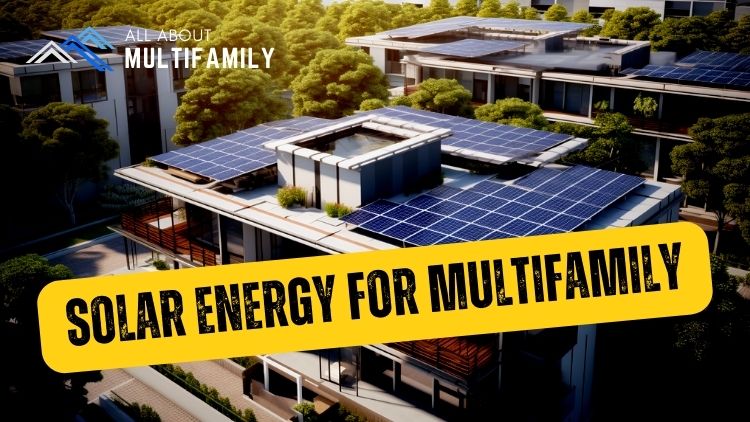

































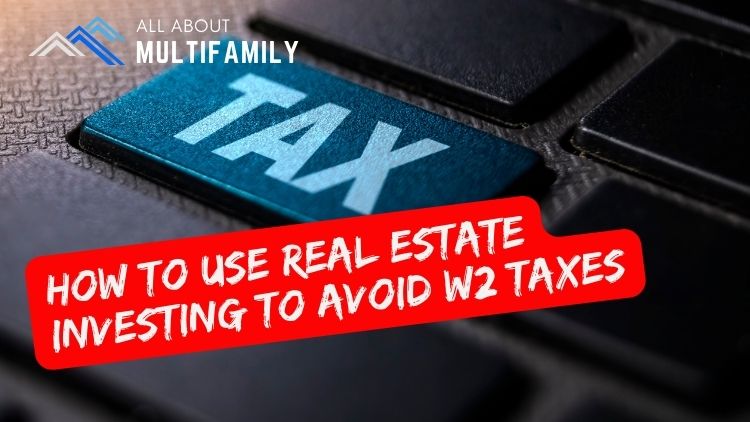









![An In-Depth Look at Jake and Gino's Coaching Program [A Review]](https://allaboutmultifamilyinvesting.com/wp-content/uploads/2023/10/AAM-BMP-Blog-Covers-750-×-422px-6.jpg)

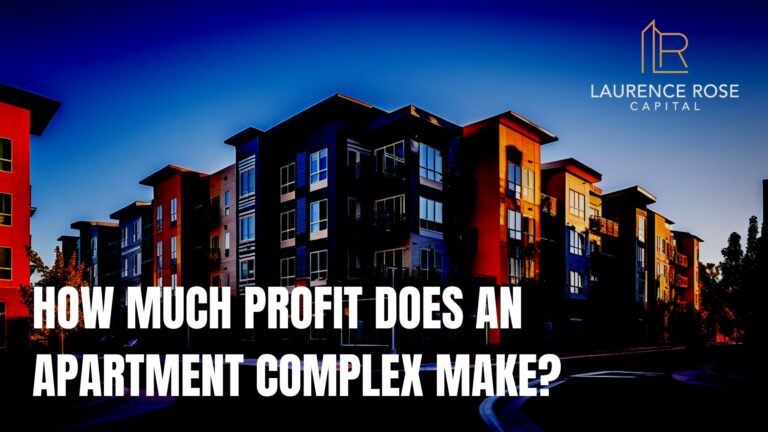
![Email Marketing Tips for Multifamily Real Estate Syndicators to Raise Capital [Templates included]](https://allaboutmultifamilyinvesting.com/wp-content/uploads/2023/09/AAM-BMP-Blog-Covers-750-×-422px-4.jpg)
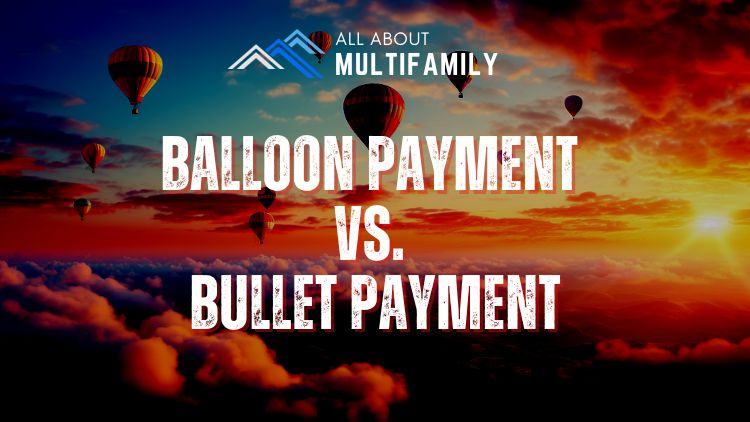


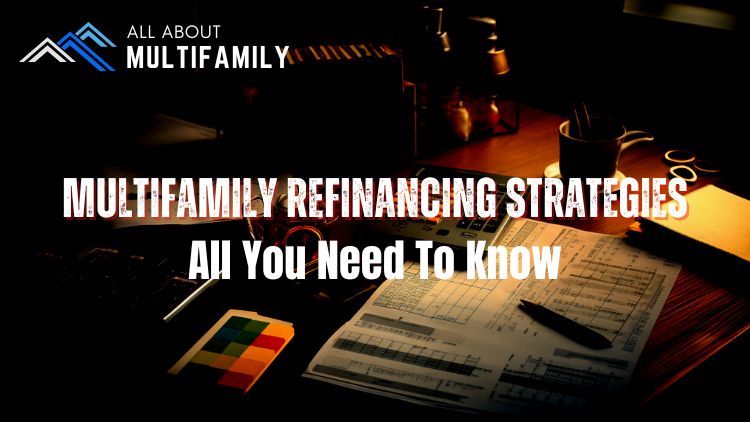


![The Richest Kids In America [Book Review]](https://allaboutmultifamilyinvesting.com/wp-content/uploads/2023/09/AAM-BMP-Blog-Covers-750-×-422px-84.jpg)









